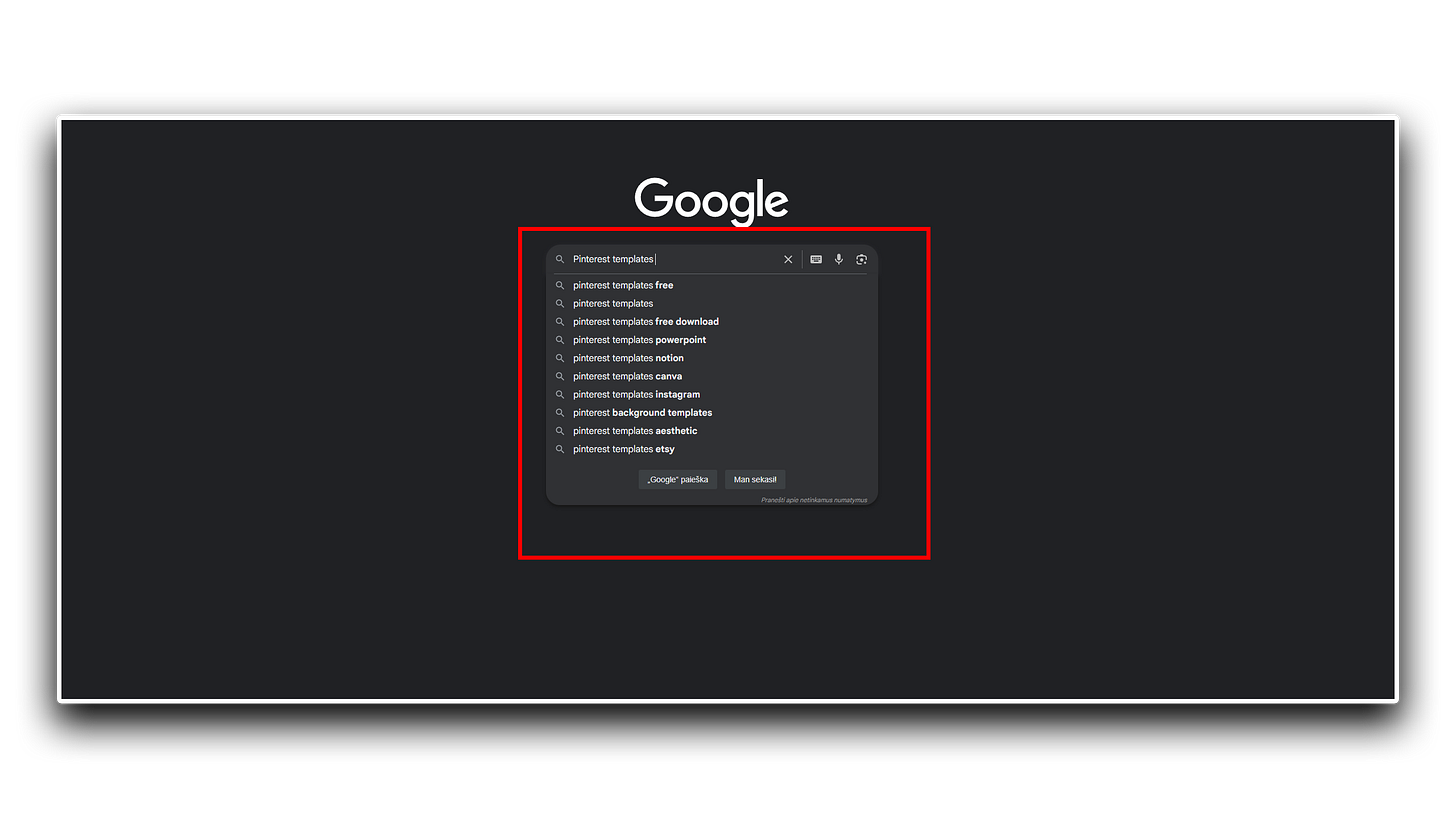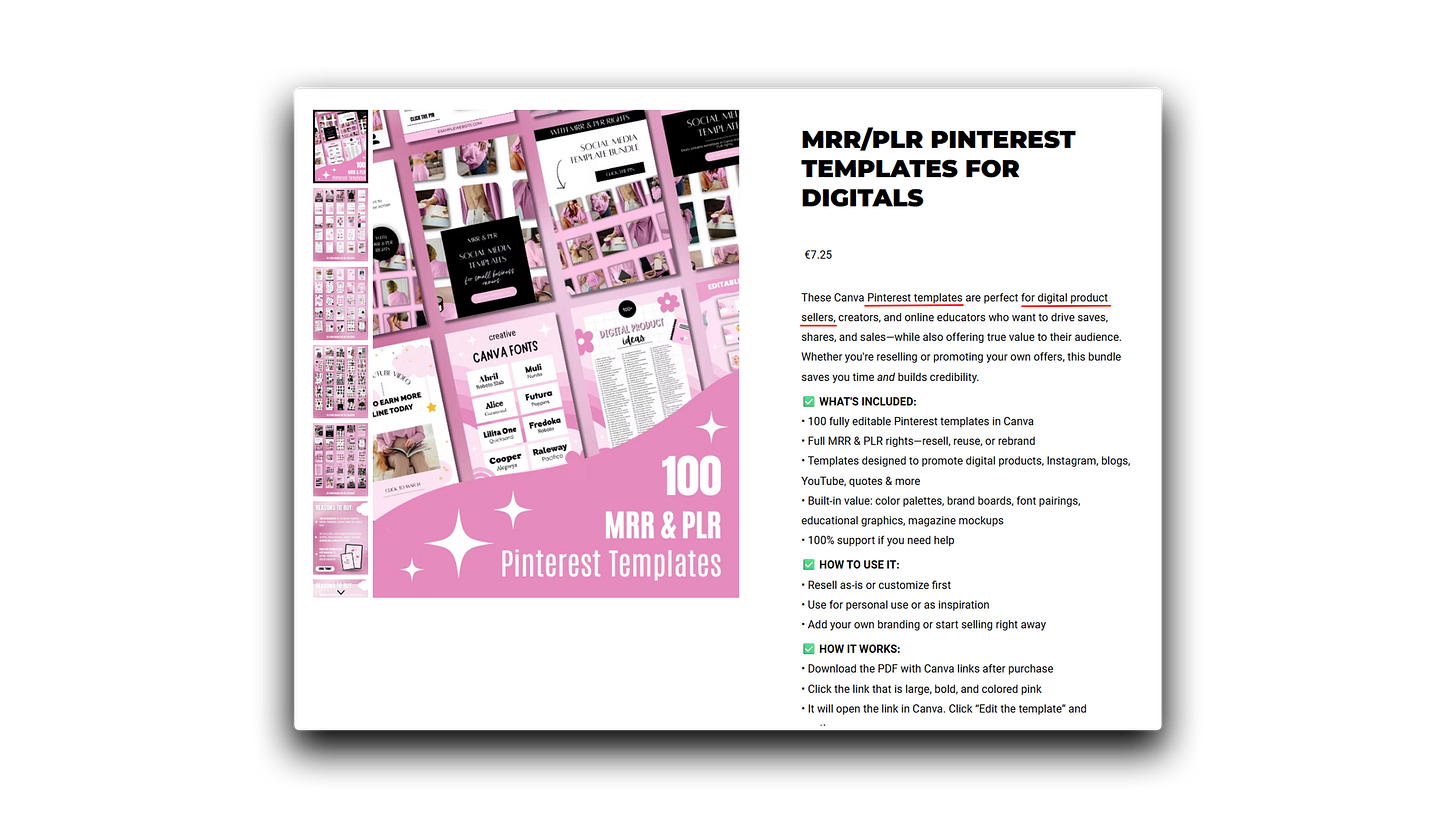How I Got My Website to Rank on Google in Just 2 Days (No Ads)
Some people believe SEO is dead and no longer worth paying attention to. While it’s true that SEO is changing, it’s far from dead — and it won’t be, unless people suddenly stop searching online.
What is SEO?
In the previous post, I promised to cover SEO in more detail. If you don’t know what SEO is, it stands for Search Engine Optimization. Simply put, it means optimizing your product or content so that when someone types a phrase into a search bar (Google, Etsy, Pinterest, YouTube, etc.)—like “how to get more sales”—your product might pop up if you’ve included those keywords.
Why do you need it?
First, nowadays almost everyone wants to earn online—whether by selling products, offering services, or blogging. SEO is what helps bring customers directly to you.
Second, when used strategically, SEO can build your brand authority by getting your name mentioned across different social channels. For example, I have a website, www.gabidigitalproducts.com, an Etsy shop called “GabiDigitalProducts,” and a Pinterest account with the same name. And guess what — even the Substack publication! Google and other search engines notice this consistency, which not only builds trust between you and your customers but also between you and search engines—helping boost your rankings everywhere.
Last, SEO is easy to apply, so why not use it if it can improve your results?
How to Use SEO / Where to Use It?
Obviously, as I mentioned, the first thing to focus on is your business name. Choose a name and keep it consistent across your social media, website, and all other platforms.
Next, focus on these key areas:
Titles
Competition
Descriptions
File names
Alt image texts
And other important sections on your product pages or content
1. Titles
Since I sell MRR and PLR digital products, I’ll use one of my products as an example — Pinterest templates. Imagine I’ve created a new product and need to find a title that can help it rank well on search engines like Google. The first thing I do is go to Google and type “Pinterest templates” to see what suggestions the search engine offers. These suggestions actually reveal what people are searching for most often:
What you can also do is type “Pinterest templates a,” “Pinterest templates b,” and so on to see how Google refines its search suggestions:
I don’t recommend targeting broad, short keywords like “Pinterest templates.” Instead, try targeting something more specific, such as “Pinterest templates for bloggers.” This way, you have a better chance to rank.
2. Competition
If I type the keyword “Pinterest templates for bloggers” into Google, I see a couple of sponsored websites and only two sites that might sell me what I want. The others are mostly Pinterest posts, where I have to keep digging to find what I need — which creates friction. What does this tell you? You should try this keyword!
While there’s no guarantee you’ll rank, if you optimize your product sales page, your social media profile where you promote that product, or anything else with the keyword “Pinterest templates for bloggers,” you have a good chance of ranking.
Bottom line? Always check the competition. Found a keyword? Look at the search results and be honest with yourself about whether you have a chance there or not. If you see a lot of Reddit posts or Pinterest posts, it might suggest a gap you can fill.
3. Descriptions
While search engines are becoming extremely clever, it’s still a good idea to naturally include keywords in your description. Of course, don’t keyword stuff. People who want to purchase a product or service from you definitely don’t want to read boring, keyword-stuffed descriptions. Plus, there’s a good chance search engines may penalize you for keyword stuffing.
Keyword stuffing is the excessive use of keywords that makes the text hard to read.
Include keywords naturally here and there, or wherever it makes sense, but don’t overdo it.
At the time of writing this post, my website has been live for just a couple of days. A couple of days! And I’m already ranking in Google search results (proof below). Some might say, “Yeah, but who actually types that into the search?” The thing is, if you manage to rank for a specific phrase, search engines often rank you for hundreds of similar ones you might not have thought of. :)
It’s always better to go after easier keywords than to not rank at all and miss out on being found through related searches.
4. File names
File names are easy. Got the keyword “Pinterest templates for bloggers”? Name your image file like this: pinterest-templates-for-bloggers.jpg. The same goes for your URL slugs if you have a website.
5. Alt texts
While alt image texts primarily help people with visual impairments or other needs—and you should always describe exactly what you see in the image—you can also naturally include keywords here and there. Alt image texts aren’t just a legal requirement; they’re also helpful for people who, for example, can’t see certain colors, as the alt text can describe the colors of your products. And when done ethically, SEO can help customers discover your products and understand them through the alt text.
6. And other important spots on your product pages or content
Some platforms give you more areas you can optimize. Again, don’t overdo it — but don’t ignore them either. Use what the platform gives you to your advantage.
If you want to learn more secrets, you can grab my SEO eBook where I cover Pinterest, YouTube, websites, and more. But even if you don’t, you now have a solid foundation you can start working with.
That’s it for today! I hope you found this helpful. Now, go after your dreams and let SEO help you grow.
Wishing you success and a great day! 💖
Please note: Results may vary and are not guaranteed. For more, see my Disclaimer Policy.












